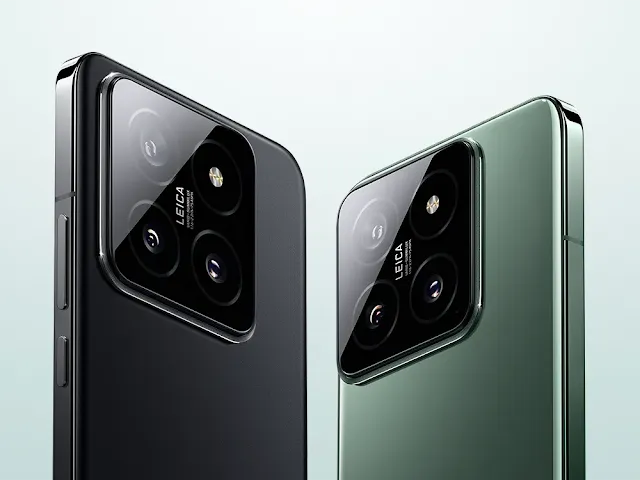Smartphone displays are on the verge of burning our retinas away as the brightness values soar to unprecedented levels. The OnePlus 12 boldly advertises 4500 nits, but rumors surrounding the Xiaomi 14 Ultra suggest an even more dazzling 6000 nits. Furthermore, intriguing display rumors have surfaced about the upcoming Xiaomi 15.
It seems smartphone manufacturers are engaged in a competition to push brightness boundaries. However, it's important to note that these advertised values might be more for show than practical use. In real-world scenarios, such extreme brightness levels may not always be fully utilized, except for HDR content, as they represent the maximum potential brightness.
Regardless, the trend in the smartphone industry indicates a continuous upward trajectory in advertised brightness values. Current discussions are revolving around the staggering 6000 nits and possibly even higher. Leaks suggest that the Xiaomi 14 Ultra, anticipated to launch in mid-2024, could effortlessly achieve this milestone. Kartikey Singh, a reliable leaker, hinted at this possibility on X (formerly Twitter).
Digital Chat Station, a prominent Chinese leaker, also shared insights on the Weibo platform, highlighting significant advancements in the "full-screen brightness" of the flagship camera. This flagship camera is expected to make its debut in the first half of 2024, promising a leap forward in display technology.
Xiaomi 15: Redefining Display Standards
Furthermore, the leaker provided preliminary details about Xiaomi's plans for the Xiaomi 15 generation. According to the leaks, the successor to the Xiaomi 14 Pro, the Xiaomi 15, is set to revolutionize display design. The display edges are rumored to shrink to an astonishing 0.6 mm, achieving symmetry on all four sides.
This groundbreaking achievement is attributed to the next generation of QHD displays from TCL CSOT. The Xiaomi 15 Pro, rumored to be equipped with the powerful Snapdragon 8 Gen 4 super chip, is poised to break brightness records. If these claims hold true, Xiaomi's flagship device will set new benchmarks in display technology.
Details about the standard Xiaomi 15 are equally compelling. It is expected to feature a flat, dynamic 6.36-inch LTPO AMOLED display with a resolution of 2670 x 1200. The display boasts very thin edges, providing not only a visually immersive experience but also offers 1400 nits of full-screen brightness. Additionally, the energy-efficient design is estimated to provide 15-20% in energy savings, making it an attractive prospect for users conscious of battery life.
Critical Assessment: Practicality vs. Marketing
While the race for higher brightness values is fascinating, it prompts a critical assessment of the practicality of such advancements. Advertised values, like the rumored 6000 nits on the Xiaomi 14 Ultra, may be impressive on paper but might not translate into tangible benefits for everyday users.
It's crucial for consumers to consider whether these extreme brightness levels enhance their day-to-day smartphone usage or if they are merely a marketing strategy. Practical applications, beyond HDR content, often do not demand such high brightness levels. Users may find themselves questioning the necessity of these specifications.
Moreover, the focus on display edges and symmetry in the Xiaomi 15 raises questions about the balance between aesthetics and functionality. While a 0.6 mm display edge is undoubtedly a technological marvel, users may wonder if such a slim profile compromises durability or usability in real-world scenarios.
Conclusion: Bright Future Ahead
The Xiaomi 14 Ultra and the upcoming Xiaomi 15 series are poised to push the boundaries of smartphone display technology. Whether the rumored 6000 nits on the Xiaomi 14 Ultra will significantly enhance user experience remains to be seen. The Xiaomi 15, with its revolutionary design and brightness claims, hints at an exciting future for smartphone displays.

